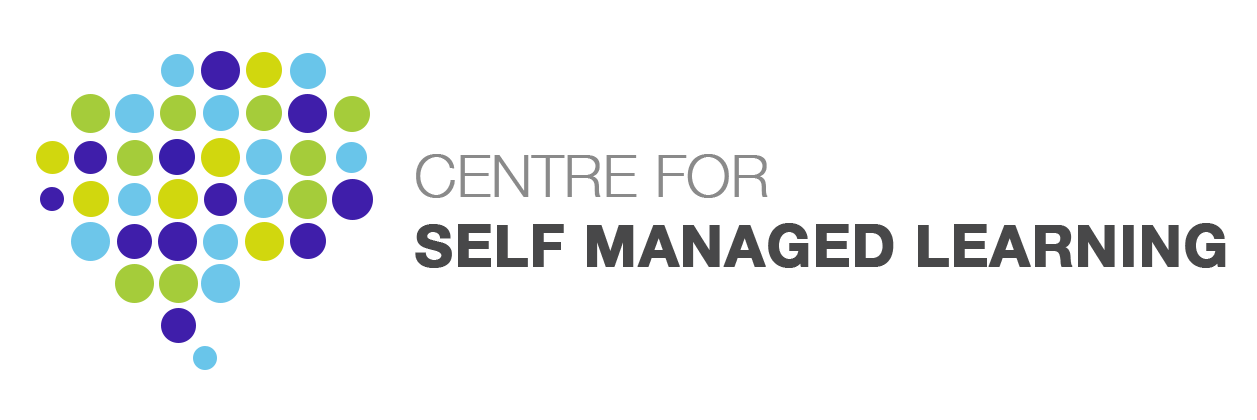12 May Total System Development
A Note for a City Council’s Education Department.
 Introduction
Introduction
In meeting the needs of the Educational Development Plan for the city, a number of integrated activities may be necessary. The following is a rough outline of the theoretical basis to possible activity. I then indicate the processes that can follow from this.
[member]
Theory
The community element of the changes required is clearly a key factor. As the recent report from the Cabinet Office’s Performance and Innovation Unit (PIU) indicates, the strength and quality of social capital is one of the major predictors of educational progress. The notion of social capital is controversial, but given the PIU’s position, it seems sensible to use the concept (as Government backing for developing social capital appears likely).
For simplicity we can identify two dimensions of social capital, namely bonding and bridging. In the context of this work, bonding social capital would, for instance, be about the community inside the school. Bonding would also relate to the community around a school. Some factors promoting high bonding social capital would include levels of trust, closeness of relationships and mutual support.
Bridging social capital would be relevant to the relationships across schools and across local communities in the city. Bridging has more the sense of networking relationships and it leads to wider and better contacts. There is evidence that, for instance, working class communities can have high bonding social capital but low bridging. This situation can mean that, for instance, young people have less access to contacts that would ease their entry into the job market, thus producing higher levels of unemployment and criminality.
Processes
In order to increase bonding social capital, the emphasis can be on creating communities of practice. Here we are looking at utilising similarities in order to foster educational progress. Hence improving relationships between teachers in the same subject areas will create a community of practice that will facilitate improved support for learners.
An individual school can be seen as a community of practice and structures such as Cadre Groups can be the driving force for improvements here. The Cadre Group needs to have on it representatives of the key stakeholders in the school community eg the head, teachers and students.
In order to foster bridging social capital, the Self Managed Learning approach is the most useful. Here learning groups can be created across existing boundaries. For instance, learning groups of people from different schools allow for increased bridging and mutual learning. The learning dimension is crucial since there can be no fruitful change without people learning to work differently.
Another dimension of the Self Managed Learning approach is the use of learning agreements. Through this structure individuals commit to learning and to delivering on their learning. Such commitments are made to the learning group, hence promoting action.
Learning groups can be created with students as well as with teachers. They need to bring together peers who are prepared to commit to action to change things.
Ian Cunningham
[/member]

